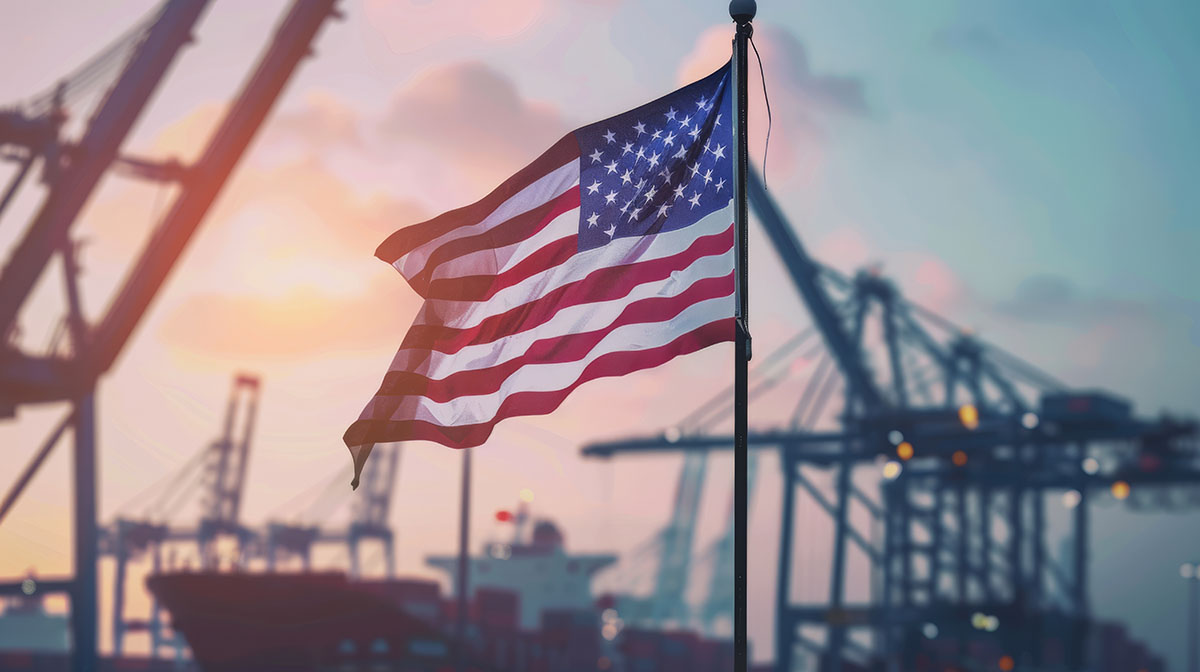The Plastics Industry and Policy Changes Under Trump

The world is bracing to adapt as the new administration reveals its hand. Changes in trade agreements will likely reshape supply chains.
While the world is still digesting the news released by the second Trump administration and following diplomatic turmoil with Latin America, the plastics industry in North and South America is preparing to reshape its supply chain following the tariff announcements. Unpredictability and uncertainty in the global economy are the hallmarks of this new year, and the main way to prepare is to expand the suppliers’ base.
You can also read: A Look Ahead: Green Materials Trends for 2030
For many years, the world has relied mainly on globalization; the pandemic demonstrated this approach’s fragility. As the world accommodates the new geopolitical order, the new Trump administration has shaken the scenario by announcing new tariffs. As many products are no longer made in specific countries, the short-term expectation is increased prices.
According to Perc Pineda, chief economist at the Plastics Industry Association, high interest rates have slowed down capital expenditures.
“The Federal Reserve cut interest rates by 100 basis points last year, but there is a lag between the actions of the Federal Reserve and financial institutions’ lending rates. So we won’t see the impact on CapEx right away”, explained Perc Pineda.
However, he explains that “the world is our market” regarding technology, raw materials, and finished products in the plastics industry. From his point of view, trade agreements make it easier for countries to exchange goods and services.
Expected Growth in Plastics
As Pineda recalls, 2024 was similar to 2023, as the demand for plastic did not show a significant increase. Consumer products and packaging remain the main drivers of growth. Construction has been a primary driver of plastics consumption in the US, but it has slowed down due to high interest rates and the automotive sector.
The electronics sector is expected to grow as artificial intelligence and cloud computing drive increased demand for warehouses and connectivity. Wire, cable, and hardware demand will also rise alongside these technological advancements. Additionally, healthcare applications will expand as the population continues to age. Moreover, no real substitute has been found for plastics in packaging, particularly, so growth is still expected in this consumption.
New Partnerships in Latin America
Latin America has a large number of trade agreements with USA. While the tension with Canada and Mexico make it still unclear what the final business scenario will be, most likely companies in US may shift towards other countries in the region
Pineda recalls that Latin America is going to grow between 2,5 and 2,7% this year. Particularly light vehicle production should keep growing. In 2024 the growth was 5,7%, and it will reach 3,8% next year.
These positive numbers show a growing industry in Latin America, which also benefits from a younger population. However, technological barriers remain a concern for the supply of plastic components, as many countries still need to catch up with the technological level required in an industry ever more challenging.
